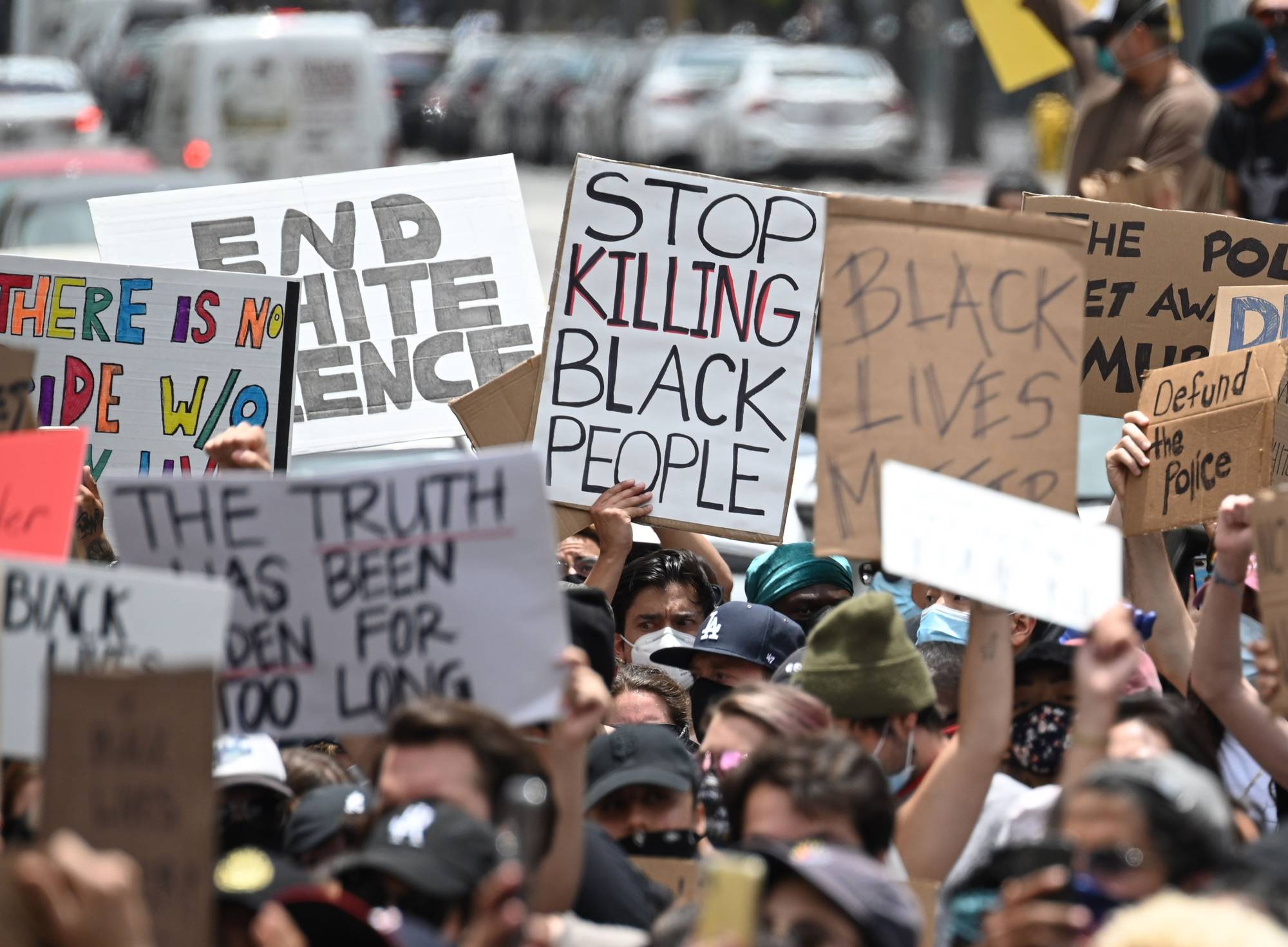Two weeks of massive, nationwide demonstrations against police violence and racial bias have raised concerns about a second wave of COVID-19 infections in the United States. It’s hard to engage in a collective display of righteous anger over George Floyd’s killing at the hands of the Minneapolis police and remain two meters apart from one’s fellow protesters. And mask wearing is less than universal among the demonstrators, just as it is among the U.S. public generally. This doesn’t bode well for public health or the economy.
But while it has been widely noted that the social turmoil unfolding in the wake of Floyd’s death may worsen the already-acute COVID-19 crisis, the connection running in the other direction — from the pandemic to the demonstrations — has received far less attention. Without diminishing for a moment the horror of Floyd’s death, the question is: why now?
After all, before Floyd, there was the police killing of Michael Brown in Ferguson, Missouri, in August 2014. The previous month, there was Eric Garner in New York City, who died in a police chokehold, despite pleading, like Floyd, “I can’t breathe.” A recent National Public Radio segment was fronted by the names of nearly 100 African-Americans who died in police custody over the past six years.


















With your current subscription plan you can comment on stories. However, before writing your first comment, please create a display name in the Profile section of your subscriber account page.